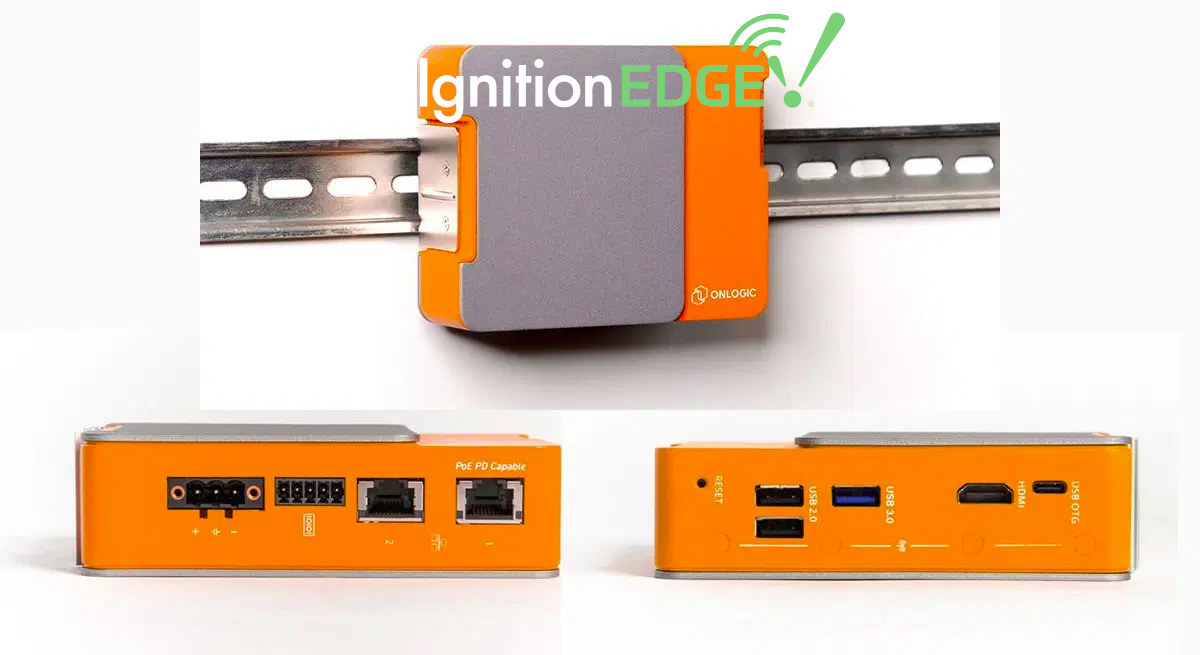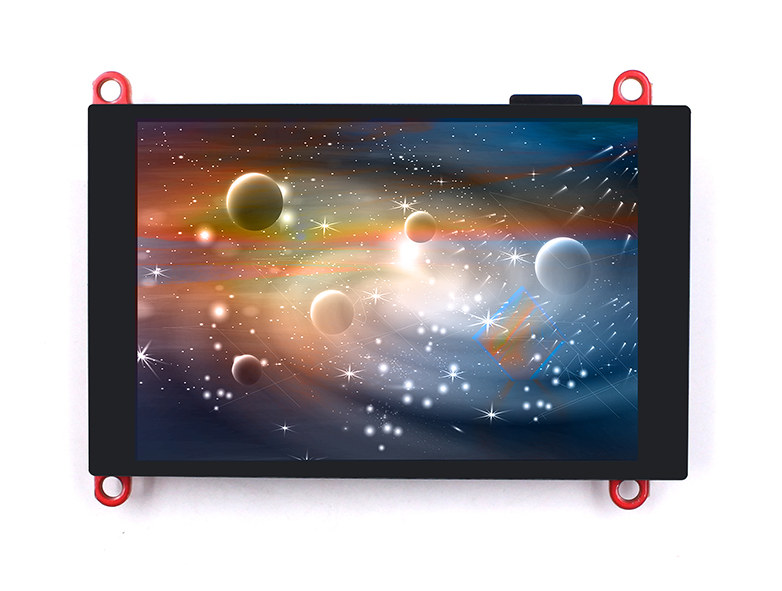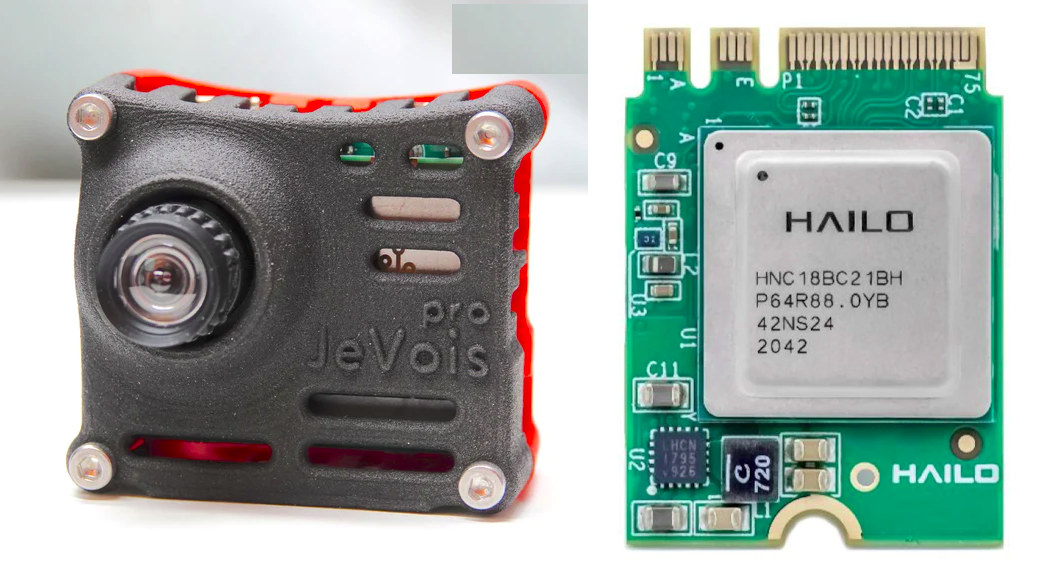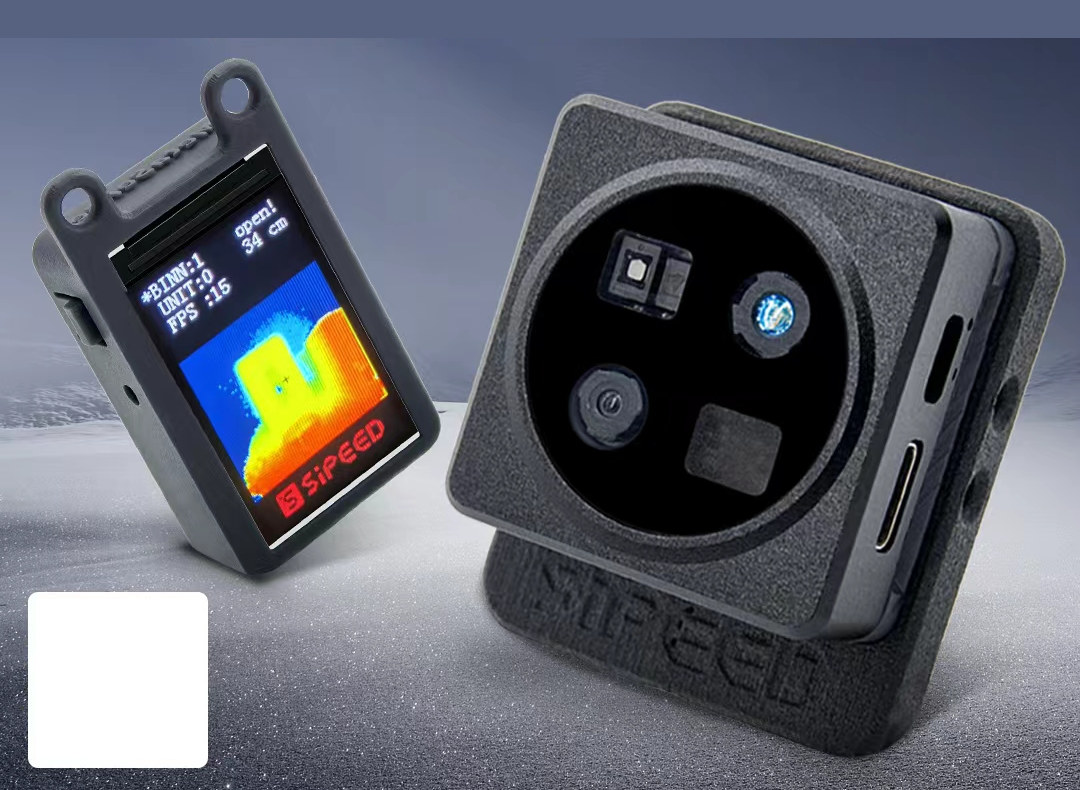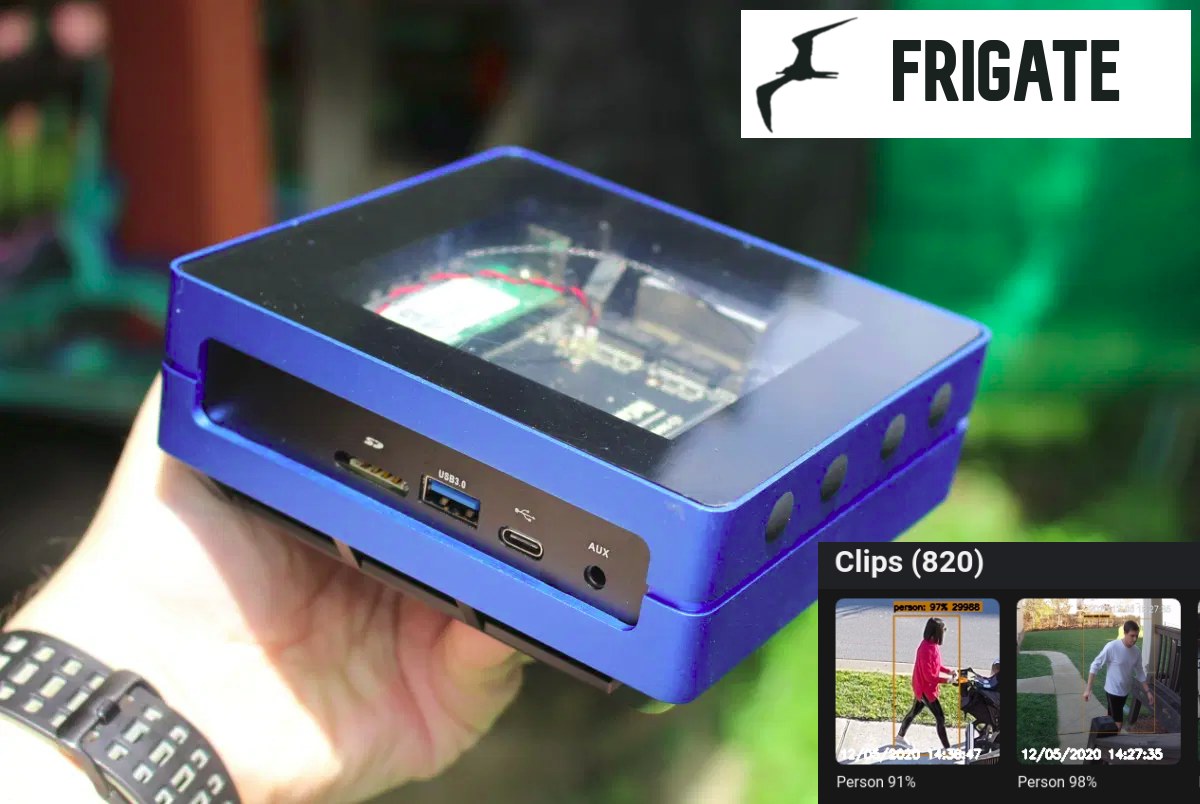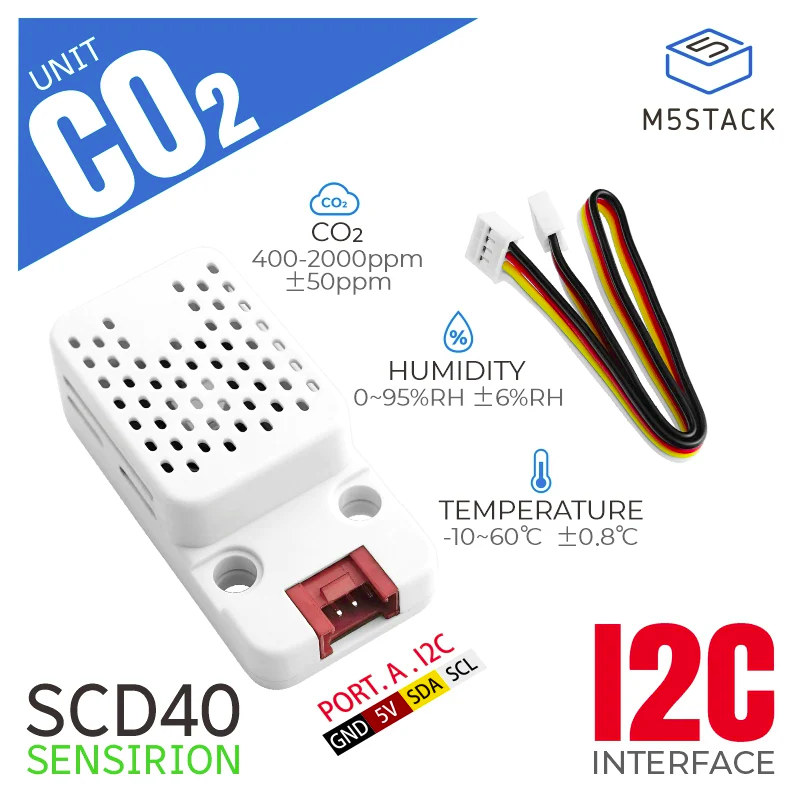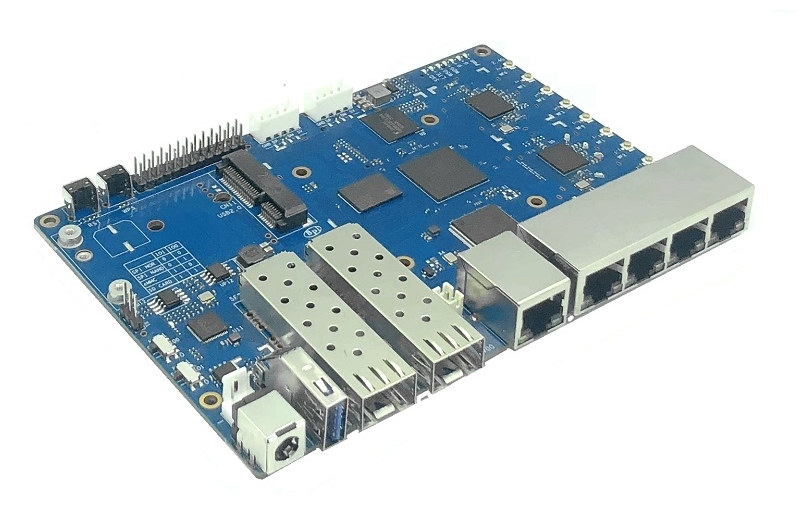Google has launched the new Chromecast with Google TV (HD) powered by an Amlogic S805X2 quad-core Cortex-A35 CPU that offers a cheaper alternative to the Chromecast with Google TV (4K) that is limited to 1080p60 resolution, instead of the 4Kp60 video output supported by the Amlogic S905X3 model. While the processor is slower, the system comes with less memory (1.5GB vs 2GB), and only supports 1080p60, it supports the more efficient AV1 video decoding and as well as A/B partitions for seamless updates since the firmware does not need to be downloaded to the internal storage before the Chromecast with Google TV (HD) specifications: SoC – Amlogic S805X2 quad-core Cortex-A35 processor with Mali-G31 MP2 GPU, 1080p60 H.265, H.264, VP9, AV1 video decoder System Memory – 1.5GB RAM Storage – 8GB eMMC flash with support for “virtual A/B updates with compression“ Video output – HDMI up to 1080p60 with HDR support […]
OnLogic IGN800 Industrial Raspberry Pi Edge Gateway runs Ignition Edge software
OnLogic IGN800 is an industrial edge gateway based on the Raspberry Pi CM4 module pre-loaded with the Ignition Edge HMI, SCADA (Supervisory Control And Data Acquisition), MES, and IIoT software platform from Inductive Automation. The hardware is not exactly new, as the Onlogic IGN800 is simply the OnLogic Factor 201 industrial PC introduced earlier this year, but that ships with Ignition Edge in order to provide a cost-effective solution for automation projects. OnLogic IGN800 specifications: SoM – Raspberry Pi CM4 with Broadcom BCM2711 quad-core Arm Cortex-A72 processor @ up to 1.5 GHz, up to 8GB LPDDR4 RAM, up to 32GB eMMC flash Additional storage – Optional M.2 SATA SSD (See Expansion section) Video Output – HDMI port up to 4Kp60 Networking 2x Gigabit Ethernet LAN (Optional PoE PD Input) via Realtek RTL8153 controller Optional WiFi/Bluetooth module on Raspberry Pi CM4 module + 3x antenna holes Optional 4G LTE wireless module […]
Makerfabs 3.5-inch TFT touchscreen display features ESP32-S3 SoC
Makerfabs has launched a 3.5-inch TFT touchscreen display with built-in WiFi and Bluetooth connectivity through an ESP32-S3 dual-core Tensilica LX7 microcontroller clocked at 240 MHz with vector instructions for AI acceleration. This display offers a 320×480 resolution through the ILI9488 LCD driver, uses a 16-bit parallel interface for communication with ESP32-S3 clocked at up to 20 Mhz making it suitable for smooth graphics user interface, and the company also claims it is smooth enough for video displays, but more on that later. Specifications: Wireless module – ESP32-S3-WROOM-1-N16R2 with Espressif Systems ESP32-S3 dual-core Tensilica LX7 @ up to 240 MHz with vector instructions for AI acceleration, 512KB RAM, 2.4 GHz WiFi 4 and Bluetooth 5.0 LE with support for long-range, up to 2Mbps data rate, mesh networking 16MB QSPI flash 2MB PSRAM PCB antenna Storage – MicroSD card socket Display – 3.5-inch color TFT LCD with 480×320 resolution, 16-bit parallel interface […]
JeVois-Pro ultra-compact deep learning camera gets 26 TOPS Hailo-8 AI accelerator
JeVois-Pro tiny AI camera was introduced last year with an Amlogic A311D processor with a built-in 5 TOPS NPU, and support for an Intel Myriad X or Google Edge TPU M.2 card all that in a compact 50x50x45 mm box. The company has now managed to get hold of some M.2 A+E 2230 Hailo-8 modules delivering up to 26 TOPS of AI performance and is selling for JeVois-Pro ultra-compact deep learning camera with the Hailo-8 accelerator for $599 delivering up to 31 TOPS once we include the built-in 5 TOPS NPU. I won’t go through the full specifications again, but in a nutshell, that’s a camera designed for robotics projects, powered by an Amlogic A311D hexa-core Cortex-A73/A53 processor with 4GB RAM, a microSD card socket for the OS and data, and a 2MP Sony IMX290 Starvis sensor. Since the system is quite compact and the AI accelerator fairly powerful, […]
Sipeed MetaSense RGB ToF 3D depth cameras are made for MCUs & ROS Robots (Crowfunding)
We’ve just written about the Arducam ToF camera to add depth sensing to Raspberry Pi, but there are now more choices, as Sipeed has just introduced its MetaSense ToF (Time-of-Flight) camera family for microcontrollers and robots running ROS with two models offering different sets of features and capabilities. The MetaSense A075V USB camera offers 320×240 depth resolution plus an extra RGB sensor, an IMU unit, and a CPU with built-in NPU that makes it ideal for ROS 1/2 robots, while the lower-end MetaSense A010 ToF camera offers up to 100×100 resolution, integrates a 1.14-inch LCD display to visualize depth data in real-time and can be connected to a microcontroller host, or even a Raspberry Pi, through UART or USB. MetaSense A075V specifications: SoC – Unnamed quad-core Arm Cortex-A7 processor @ 1.5 GHz with 0.4 TOPS NPU System Memory – 128 MB RAM Storage – 128MB flash Cameras 800×600 @ 30 […]
Odyssey Blue mini PC bundle ships with Frigate open-source NVR, Coral USB AI accelerator
Odyssey Blue mini PC based on the ODYSSEY-X86J4125 SBC is now offered as part of a bundle with Frigate open-source NVR platform with support for real-time local object detection, and an Coral USB AI accelerator. The Odyssey Blue mini PC is equipped with an Intel Celeron J4125 quad-core Gemini Lake Refresh processor, 8GB RAM, and a 128GB SSD preloaded with an unnamed Linux OS (probably Debian 11) and Frigate Docker container. The solution can run over object detection at 100+ FPS when equipped with a Coral USB accelerator. Since the hardware is not exactly new, and we’ve covered it in detail in the past, even reviewing the earlier generation SBC with Celeron J4105 processor and Re_Computer enclosure, I’ll focus on the software, namely Frigate NVR in this post. Frigate is an open-source NVR program designed for Home Assistant with AI-powered object detection that runs as a Docker container and uses […]
Sensirion SCD40 CO2 sensor units for makers: M5Stack UNIT CO2 and TeHyBug ESP8285 device
We just wrote about the Infineon XENSIV PAS CO2 Shield2Go board to measure carbon dioxide (CO2) levels last week, but I’ve just come across two more hardware with a CO2 sensor designed for makers, but based on Sensirion SCD40 sensor instead, and mostly designed to monitor indoor CO2 levels since high concentrations may impact your health negatively. The first one is the M5Stack UNIT CO2 that’s designed to be connected to one of the company’s Core modules through an I2C interface, and TeHyBug portable mini sensor device equipped with ESP8285 WiFi microcontroller, as well as optional AHT10 temperature & humidity sensor and BMP280 pressure sensor, besides the SCD40 sensor. M5Stack UNIT CO2 Specifications: Sensirion SCD40 sensor CO2 Measurement range – 400 ~ 2000 ppm CO2 Sampling accuracy – ±(50 ppm + 5% of reading) Temperature range – -10 – 60°C with 0.8°C accuracy Humidity range – 0 – 95% RH […]
Banana Pi BPI-R3 WiFi 6 router board features MediaTek Filogic 830/MT7986 SoC
I first noticed the MediaTek MT7986 WiFi router processor in Linux 5.17 changelog. MT7986 is the codename for MediaTek Filogic 830 quad-core Cortex-A53 processor designed for Wi-Fi 6/6E routers with up to 6 Gbps bandwidth, and two 2.5Gbps Ethernet interfaces. Banana Pi BPI-R3 is a router board based on Filogic 830/MT7986A that offers an upgrade to the company’s Banana Pi BPI-R2 board powered by a MediaTek MT7623A quad-core Cortex-A7 processor or even the Banana Pi BPI-R64 board based on a MediaTek MT7622 dual-core Arm Cortex-A53 SoC. Banana Pi BPI-R3 specifications: SoC – MediaTek MT7986A (Filogic 830) quad-core Arm Cortex A53 processor with hardware acceleration engines for Wi-Fi offloading and networking System Memory – 2GB DDR RAM Storage – 8GB eMMC flash, MicroSD card socket, support for M.2 NVMe SSD Networking 2x 2.5GbE SFP cages, 5x Gigabit Ethernet ports (1x WAN + 4x LAN) via MT7531AE 7-port switch WiFi 6 4×4 […]



